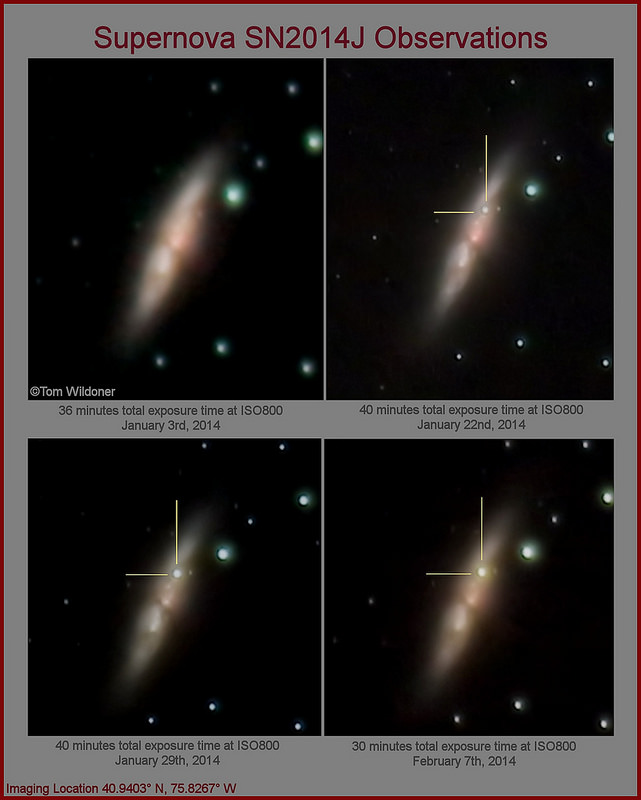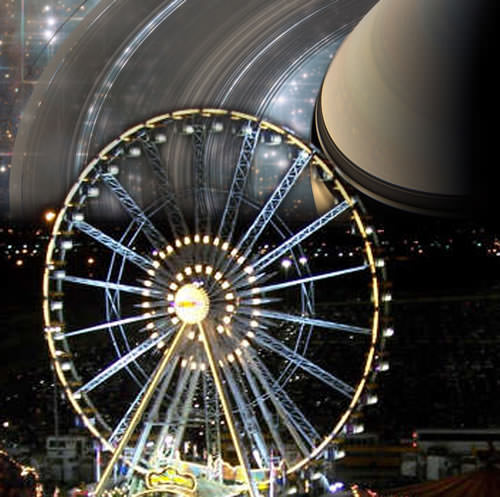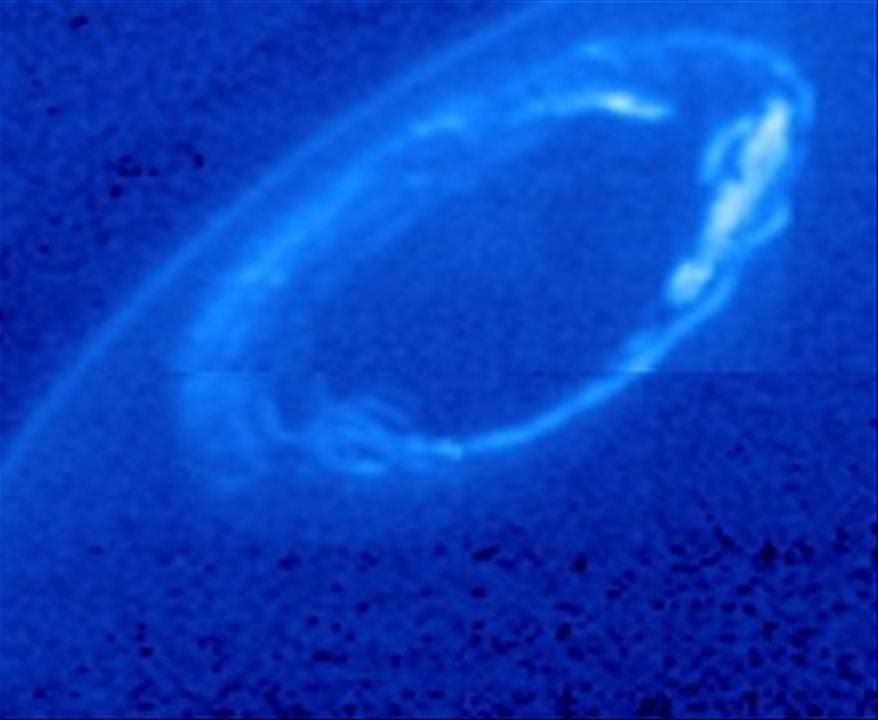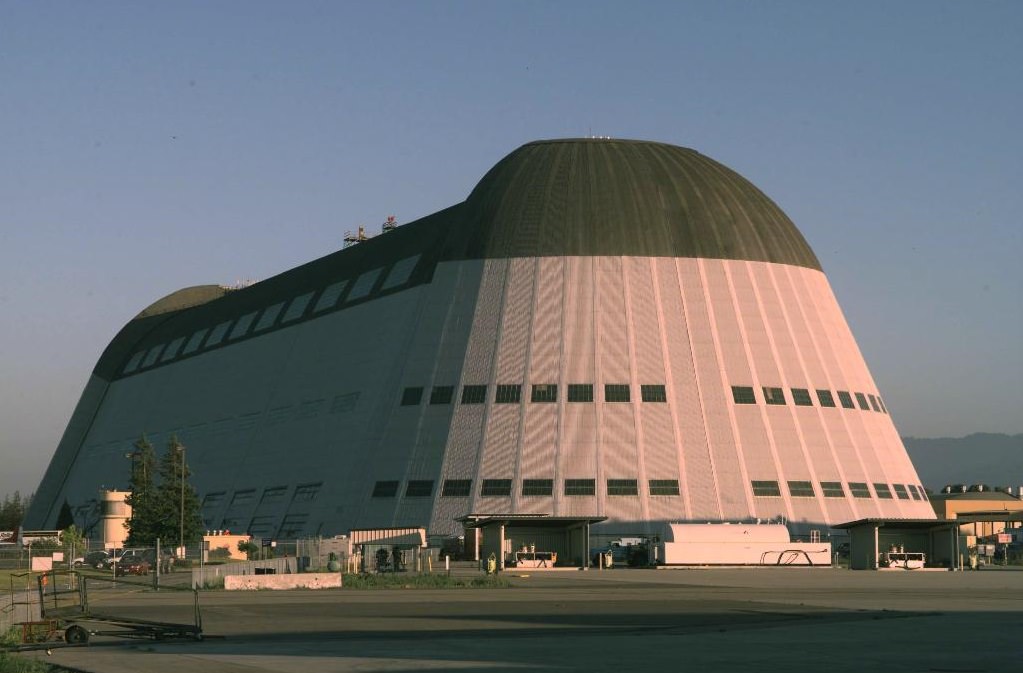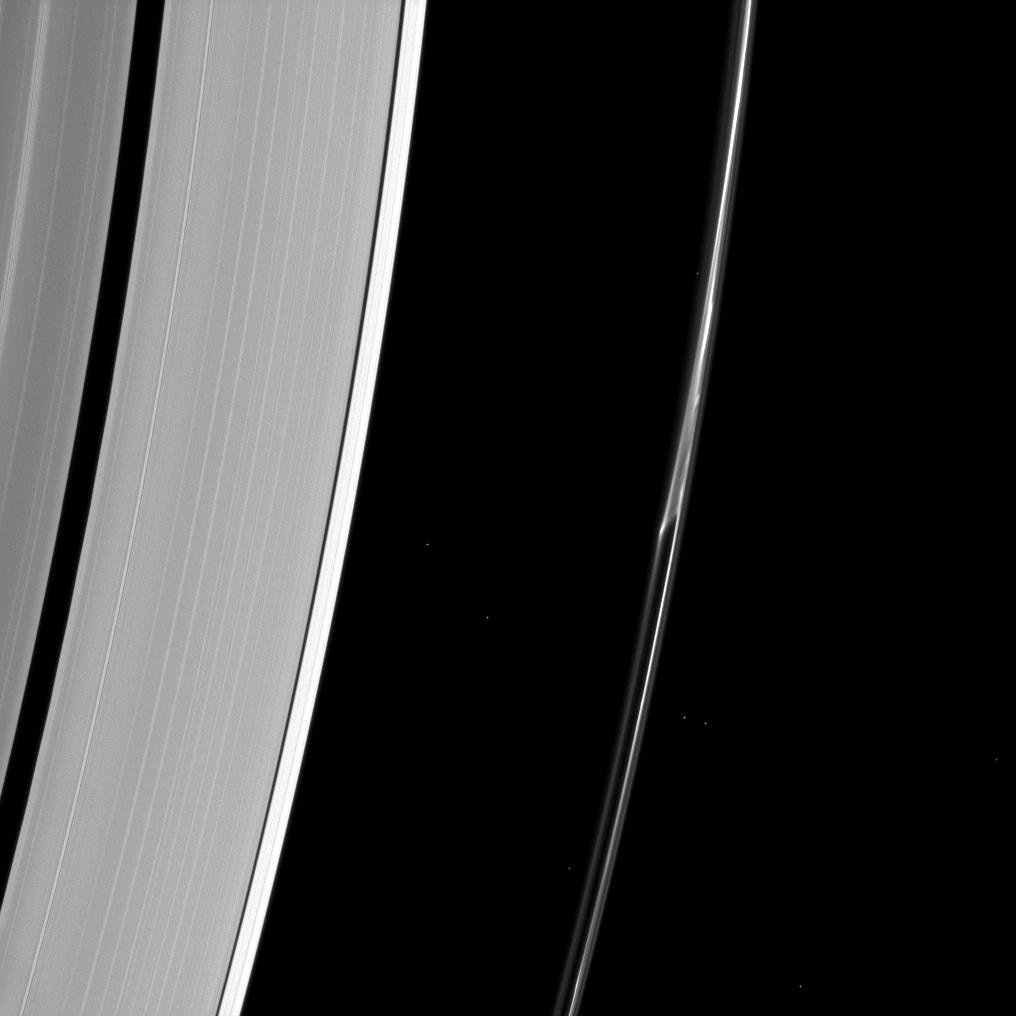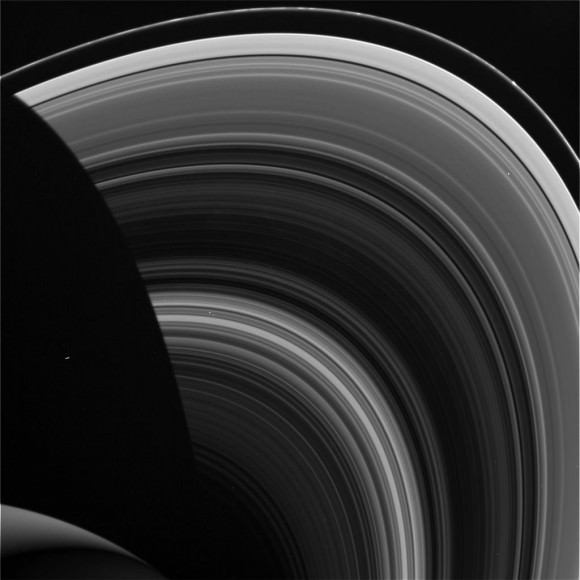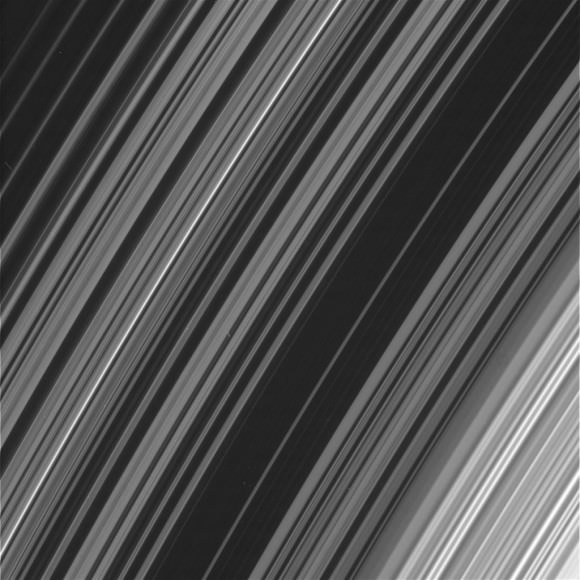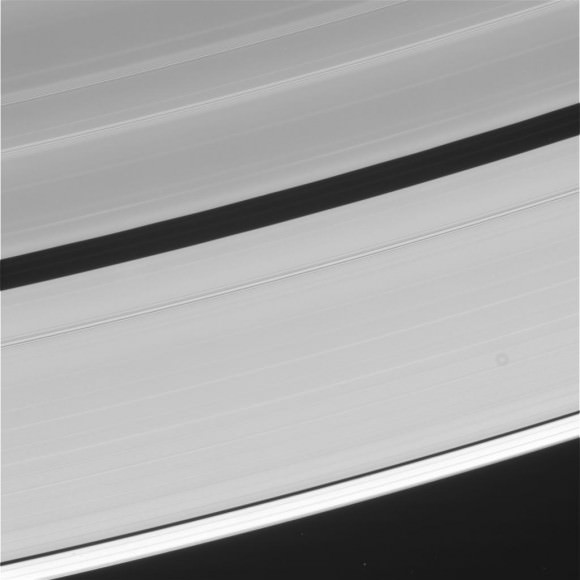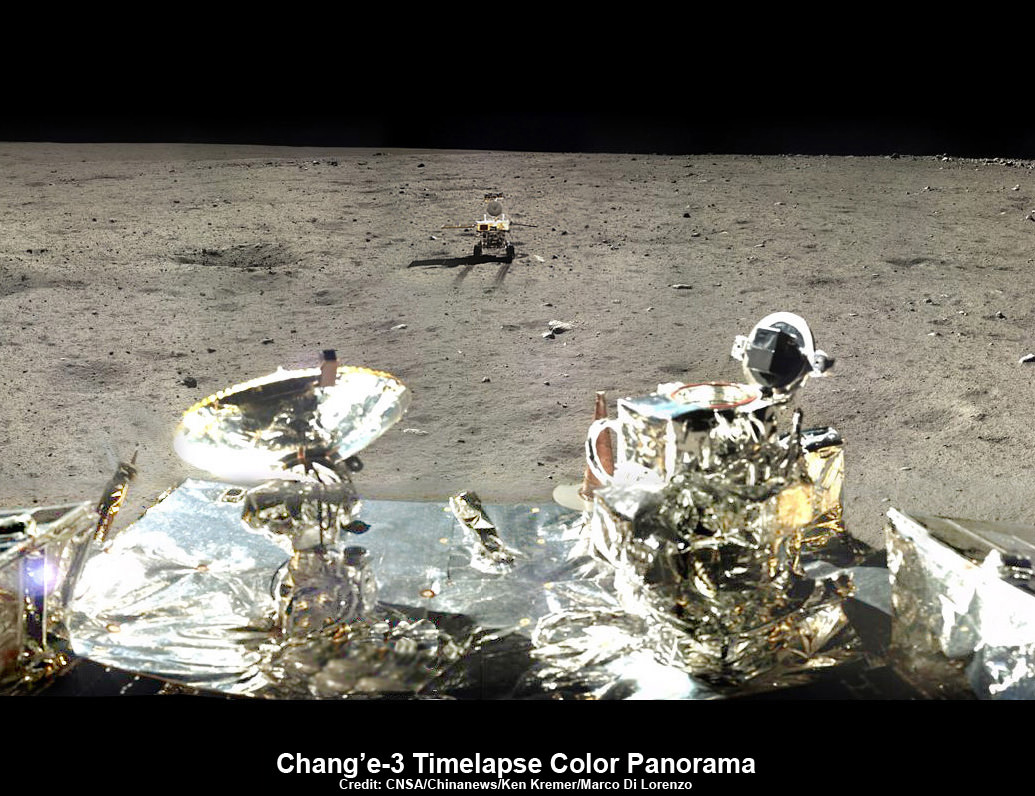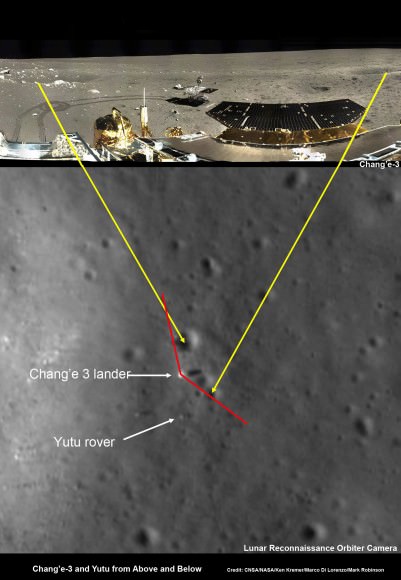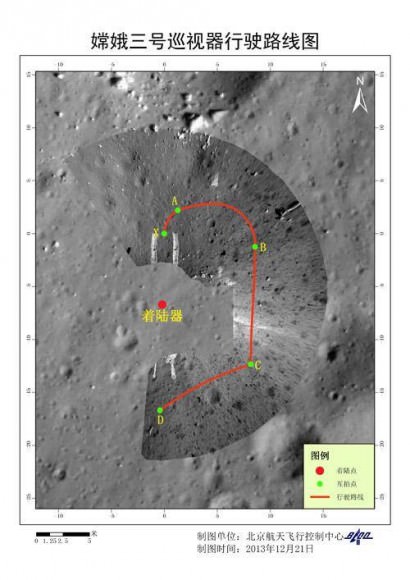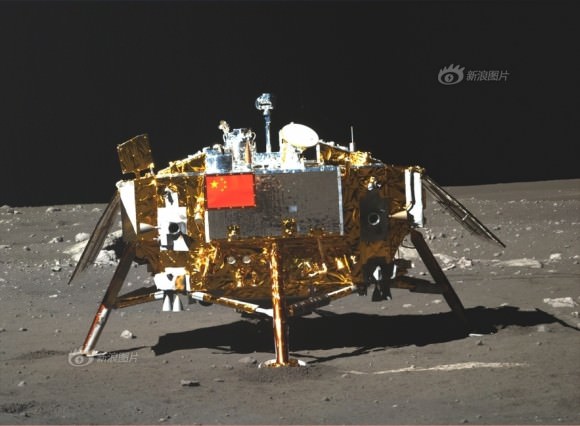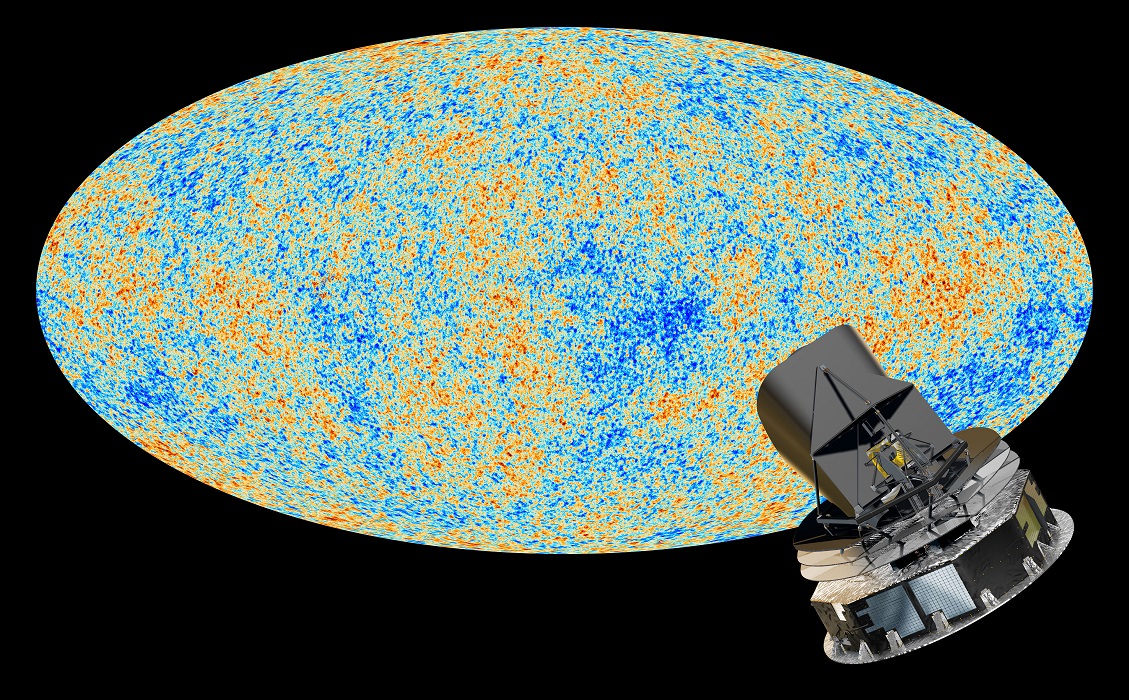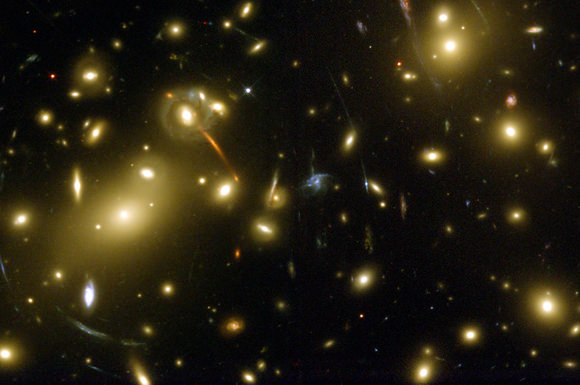In only three weeks since its discovery on January 21, 2014, much has been learned about the new supernova SN 2014J in Messier 82, the “Cigar” galaxy. In addition to early confirmation based on its spectrum that it is indeed a type Ia supernova, it is now understood to be the nearest type Ia explosion to our Milky Way galaxy since 1986.
Its unique proximity alone makes SN 2014J one the most important supernova ever observed. It will impact our understanding both of the type Ia-class of supernovae and of the Universe as a whole, because our Universe’s size, age, and ultimate fate are linked intimately to observations of type Ia supernovae, and because the precision with which they can be applied to estimate Universal-scale distances depends crucially on the nearest examples. SN 2014J is very likely to remain the nearest anchor-point in the type Ia supernovae-based distance scale for decades to come.
“Being the nearest supernova of this kind, SN 2014J will help us to better calibrate the expansion of the Universe,” said Adam Riess, co-leader of the Supernova H0 for Equation of State (SHOES) project, and co-winner of the 2011 Nobel Prize in Physics.
Observations of type Ia supernovae led to the discovery that our Universe is made mostly of dark energy, and that its expansion rate is apparently accelerating. That discovery earned the 2011 Nobel Prize in Physics for Riess, Saul Perlmutter, and Brian Schmidt.
Measuring ever more accurately our Universe’s exact expansion rate has been the Holy Grail of cosmology since Hubble’s discovery of expansion in 1929. Type Ia are perfect for probing cosmological scale distances, because these stellar explosions occur only when white dwarf stars exceed a certain critical mass, equivalent to 1.4 solar masses.
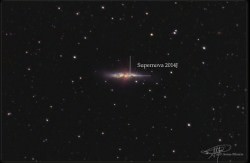
As a result, most type Ia supernova explode with roughly the same intrinsic or absolute magnitude. They therefore provide a unique kind of “standard candle,” by which any type Ia supernova observed to be one hundred times fainter than another can be understood to be exactly ten times farther than the other. In practice, subtle differences between actual type Ia supernovae, amounting to around ten percent on average in their net effect on distance estimates, are accounted for. Technically, therefore, type Ia supernova provide “standardizable candles.”
Normal type Ia supernovae are well understood. Within just days of its discovery, Robert Quimby of the Kavli Institute for the Physics and Mathematics of the Universe at the University of Tokyo was able to predict the peak apparent magnitude of m_V = 10.5 and time of peak brightness of February 2 for SN 2014J, more than a week prior to their occurrence. As observations now available show, as summarized in the light-curve available thanks to the American Association of Variable Star Observers, Quimby’s prediction based on the light-curves of other similar type Ia supernova, was spot on (see Figure 1, below).
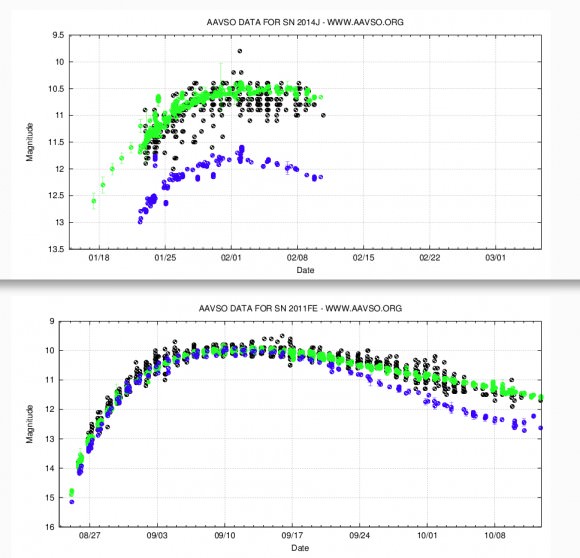
While SN 2014J is a normal type Ia supernova, its light-curve reveals it is highly reddened, as in dimmed and obscured by large amounts of dust present and intervening in its host galaxy. The amount of reddening is indicated by the difference between the blue and visual magnitudes. Known as extinction, measured as E = (B-V), for SN 2014J the extinction amounts to ~1.3 mag. That compares to the next nearest recent type Ia supernova, SN 2011fe in galaxy Messier 101, at 23 million light-years (7.0 Megaparsecs). It’s light-curve shows SN 2011fe was reddened very little in comparison, i.e.- both spectrum and colour are normal.
The date of SN 2014J explosion’s first light has now been established to be January 14.72 UT, around one week prior to discovery January 21. That was reported in one of at least two papers already published online regarding SN 2014J, the one by WeiKang Zheng et al., and which has already been submitted to Astrophysical Journal Letters (see e-print here). SN 2014J is one of only four type Ia supernova with observations as early as one day after first light, the others including SN 2011fe mentioned, and SN 2009ig in galaxy NGC 1015 at 130 million light-years (41 Megaparsecs), and SN 2013dy in galaxy NGC 7250 at 46 million light-years (14 Megaparsecs).
Two rivals for nearest recent type Ia supernovae, SN 1972E in galaxy NGC 5253 and SN 1986G in NGC 5128, the Centaurus A galaxy, were cited early. Neither however, are argued to be directly relevant to the current distance scale zero point because neither have modern, complete, multi-band and multi-epoch observations including pre-maximum observations, which are quintessential to defining zero point type Ia supernovae, and data that is now being gathered for SN 2014J. For example, SN 2002fk in galaxy NGC 1309 at 100 million light-years (31 Megaparsecs) is one of only eight type Ia supernovae employed as zero point calibrators, because of their complete, multi-epoch, multi-band light-curve data, as employed for example by Riess et al. (see: 2011ApJ…730..119R).
In terms of which recent type Ia supernova was relatively nearest, the distances to the galaxies involved can be estimated based on analyzing essentially all of the redshift-independent distance estimates that have been published for galaxies since 1980, meaning in the modern era using CCDs and including observations based on NASA’s Hubble Space Telescope. Such galaxy distance estimates are tabulated in the NASA/IPAC Extragalactic Database of galaxy Distances (NED-D).
Galaxy Messier 82, the host of SN 2014J, is located at 12.0 million light-years (3.6 Megaparsecs), based on the mean of three kinds of distance indicator employing 8 different estimates. The standard deviation among those indicators is ~10%.
Galaxy NGC 5128, the host of SN 1986G, is also located at 12.0 million light-years, based on 11 different indicators employing 46 different distance estimates, and also with a standard deviation among indicators of ~10%. So, to within the precision of the indicators, both supernova occurred at essentially the same distance, confirming SN 2014J is the nearest since SN 1986G. Galaxy NGC 5253, the host of SN 1972E, is actually the nearest galaxy, at 11.0 million light-years (3.4 Megaparsecs) known to have hosted a type Ia supernova in the modern era, based on 6 indicators with 48 estimates.
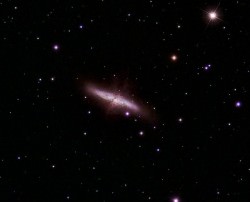
Accounting for its dimming due to the dust in Messier 82 is just one part of several involved in applying data from SN 2014J to estimate its distance. Future observations of its declining magnitude will reveal its complete light-curve. That will enable estimates to be made of its decline time and light-curve stretch factors. Once these are in hand, within the next few to several weeks at most, SN 2014J will begin its use as the nearest type Ia supernova anchor point.
More of a milestone than a Rosetta stone, SN 2014J will nevertheless have an impact of lasting legacy on future applications of type Ia supernova observations in cosmology. It will be especially significant to enhancing the use of type Ia supernova as cosmological distance indicators. That is important to ongoing projects, including the SHOES project, the Carnegie Hubble Program, and others, all of which aim to measure the Universe’s expansion rate or Hubble constant to an accuracy of better than one percent within the next decade. That level of accuracy is required in order to understand not only our Universe’s exact size and age, but also the exact Equation-of-State governing our Universe’s total energy, including its dark energy.

